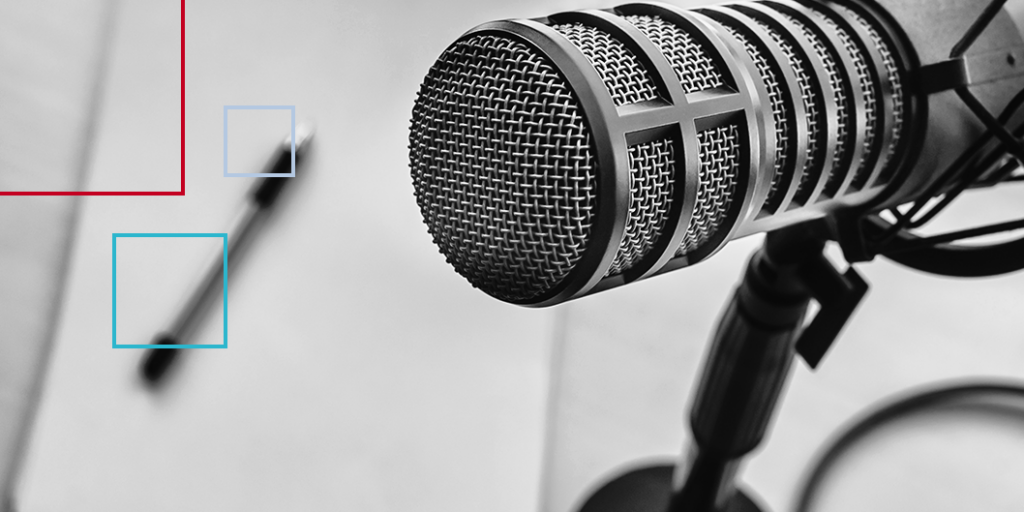WiseTalk Summary on Fear of Difference

On February 22, Sue Bethanis hosted Janet Crawford, Janet Crawford, CEO of Cascadance, Inc. and co-author of Leadership Embodiment. As a scientist and pioneer in the application of social neuroscience to corporate culture, Janet has two decades of experience working Fortune 500 companies with her client organizations spanning the who’s who of Silicon Valley. A […]
